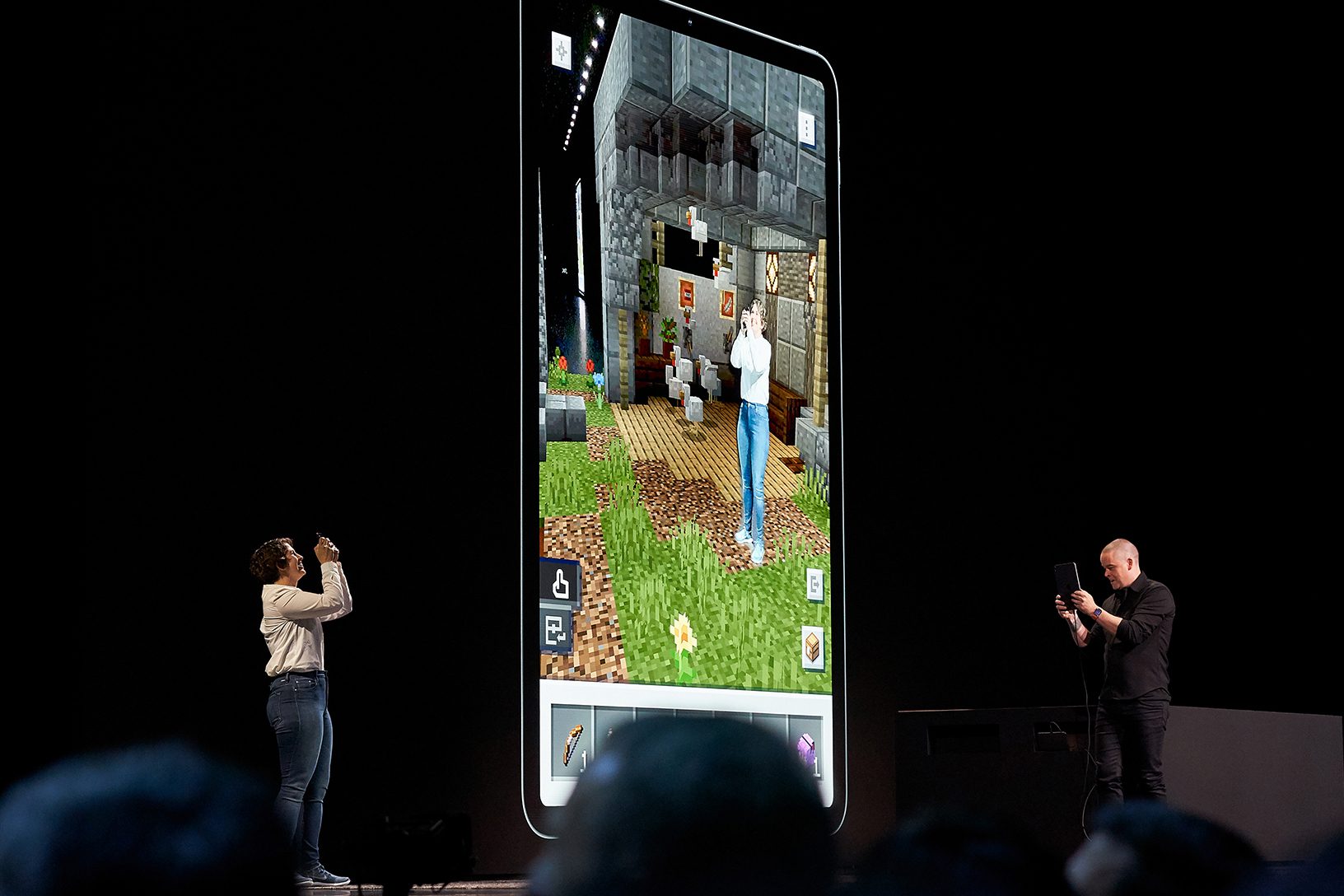When is the next Pokémon GO going to come along to make everyone love augmented reality (AR)?
This is the question on the minds of many technology watchers who are waiting for another AR breakthrough. But applications like Pokémon GO don’t happen very often. The real value of AR comes from people and businesses using it to share immersive experiences that complement our lives rather than making us drop everything and focus on AR.
Perhaps that’s why Apple has been careful to sell AR as an evolutionary tool that will enrich how we live, whether through practical application or content that engages. At Apple’s annual Worldwide Developers Conference (WWDC) Apple accentuated tools that should make AR easier to use – perhaps not glamorous developments, but important ones.
ARKit Update
For example, Apple announced an update to ARKit, its software development toolkit for AR (and competitor to Google’s ARCore). Among other improvements, ARKit will capture the motion of a person in real time with a single camera. As Apple noted, by understanding body position and movement as a series of joints and bones, you can use motion and poses as an input to the AR experience — placing people at the center of AR. Apple also announced human inclusion, meaning that AR content realistically passes behind and in front of people in the real world, making AR experiences more immersive.
Those improvements matter because for AR to attract advertisers and consumers, it has to offer something different beyond what anyone can experience in a 2D world. As it stands, AR is catching on with advertisers. According to eMarketer, global augmented reality ad revenues are expected to rise from $779 million in 2019 to $1.2 billion in 2020 and $2.6 billion in 2022 – not a huge number, but higher than $166.7 million generated in 2017. Most of that money is coming from display advertising. Making AR more powerful and immersive will build more momentum.
Making AR Easier
Apple did something else: made AR easier to develop. With new Reality Composer and RealityKit tools, developers will be able to create AR apps easier on Apple’s operating system. As Apple noted, Reality Composer helps anyone create AR apps even if you lack 3D experience.
But responses to the news have been underwhelming, partly because Apple is restricting these tools to its own operating system. But another reason is that journalists seem to be waiting for that next AR killer app to capture their imagination, and software development tools are not going to do that. Perhaps the AR version of Minecraft will be the next killer app. Meanwhile, advertisers will continue to create AR that engages, such as Toyota’s new AR experience and Snapchat’s ongoing AR features. People may not use AR every day, but when they do, they remain highly engaged. Apple isn’t creating engagement – but it’s giving businesses tools to do so.
For more information on how to build advertising that engages consumers through digital, contact True Interactive.
Image source: https://www.apple.com/newsroom/2019/06/highlights-from-wwdc-2019/
